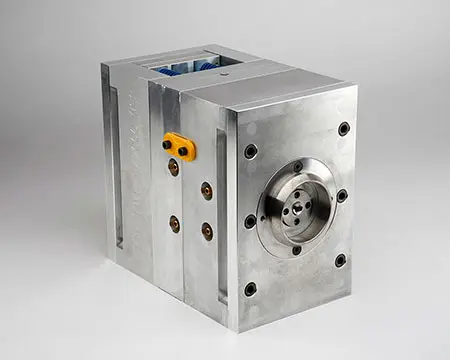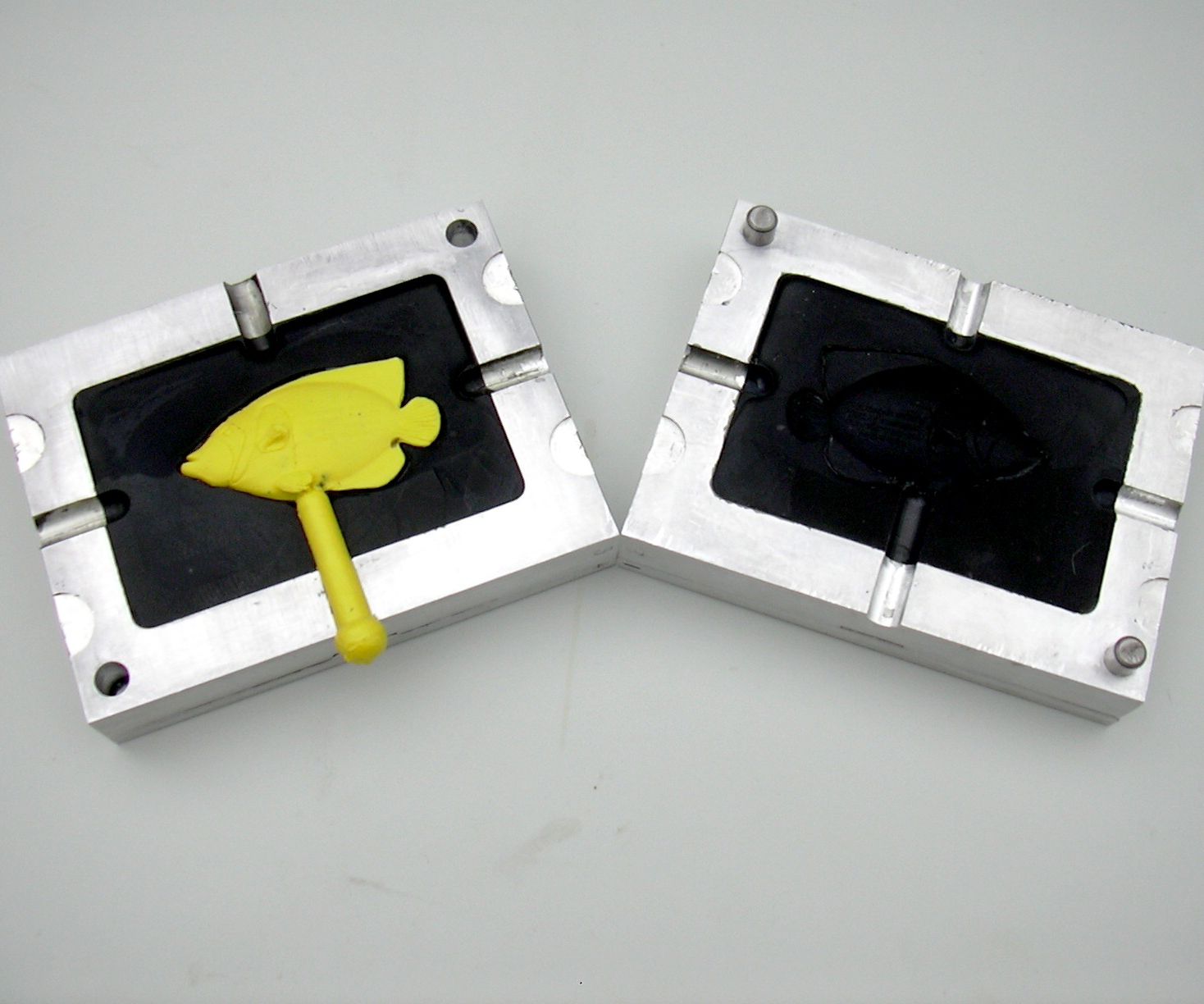The Advantages of Using Plastic Injection Molding for Personalized Components Manufacturing
The Advantages of Using Plastic Injection Molding for Personalized Components Manufacturing
Blog Article
The Future of Plastic Shot Molding: Developments and patterns to View
As the plastic injection molding market develops, several vital trends are emerging that promise to reshape its landscape. Automation and wise manufacturing techniques are set to enhance productivity, while the change in the direction of lasting products shows an expanding environmental consciousness.
Automation and Smart Manufacturing
As the plastic injection molding market progresses, automation and wise production are taking center phase, reinventing manufacturing procedures - Plastic Injection Molding. The integration of innovative technologies such as robotics, IoT (Web of Points), and artificial knowledge is allowing suppliers to enhance effectiveness, decrease operational costs, and boost product quality. Automated systems streamline workflows, decreasing manual treatment and enhancing throughput, which is crucial in meeting the increasing need for rapid production cycles
Smart manufacturing technologies help with real-time monitoring and information analysis, allowing firms to maximize machine performance and forecast maintenance requirements. This proactive method not just decreases downtime but also prolongs the life expectancy of equipment. Furthermore, using collaborative robots, or cobots, boosts the adaptability of manufacturing lines, making it possible for equipments and workers to run side by side safely and effectively.
The adoption of automation in plastic shot molding is not merely a trend however a critical essential for businesses intending to remain competitive in an international market. By taking advantage of these modern technologies, suppliers can attain greater accuracy, lower waste, and adapt quickly to transforming customer demands, positioning themselves for sustainable development in a significantly computerized future.
Lasting Products and Practices
The press in the direction of automation and clever manufacturing has paved the means for a higher emphasis on lasting materials and methods within the plastic injection molding industry. Business are significantly seeking green options to typical petroleum-based plastics, bring about the adoption of recycled and bio-based materials. These sustainable products not only minimize environmental influence however additionally align with consumer demand for greener items.

Furthermore, collaboration in between makers, material vendors, and ecological companies is fostering development in the development of sustainable products that fulfill efficiency criteria without jeopardizing high quality. As laws around plastic use become stricter, the sector is positioned to adapt by welcoming these sustainable strategies, making sure long-term stability and minimizing dependence on non-renewable resources. The assimilation of sustainability right into plastic shot molding is not simply a trend; it is ending up being a necessary element of company duty and functional quality.
Advances in 3D Printing
Current advancements in 3D printing technology are significantly transforming the landscape of plastic injection molding. Once difficult or impossible to attain via standard techniques, the assimilation of additive production procedures enables for the quick prototyping of complicated geometries that were. This ability not only speeds up item advancement cycles but additionally minimizes material waste, check my reference lining up with the expanding need for sustainable production techniques
Additionally, the development of hybrid production methods, which incorporate 3D printing and shot molding, supplies use this link manufacturers the ability to create complex layouts while maintaining the effectiveness of automation. This strategy enables the production of personalized parts tailored to particular consumer requirements without sacrificing the speed and scalability that injection molding gives.
Furthermore, innovations in products, such as high-performance polymers and compounds specifically created for 3D printing, are enhancing the useful capabilities of printed elements. These products can withstand better tension and exhibit boosted thermal homes, making them ideal for even more demanding applications.
As 3D printing remains to advance, its integration right into plastic injection molding processes guarantees to improve performance, reduce costs, and foster technology in product style, positioning manufacturers to better satisfy the challenges of a competitive market.
Data Analytics and IoT Integration
Data analytics and the assimilation of the Web of Points (IoT) are changing plastic shot molding by giving makers with unprecedented insights into their procedures. By leveraging real-time information accumulated from interconnected machines and sensing units, makers can keep track of performance metrics, identify inefficiencies, and enhance production processes. This data-driven strategy assists in anticipating upkeep, decreasing downtime and expanding equipment life-span.
Additionally, IoT combination permits improved quality assurance. By continually tracking variables such as stress, cycle, and temperature times, manufacturers can quickly find deviations from developed specifications and make changes in real time. This not just enhances product consistency but additionally lowers waste and scrap prices.
The blend of data analytics and IoT modern technologies likewise equips suppliers to adopt even more dexterous manufacturing techniques. With accessibility to extensive information analytics, companies can react to market demands with greater adaptability, adjusting manufacturing schedules and configurations as required. This adaptability is vital in a swiftly altering production landscape.

Modification and Layout Flexibility
Exactly how can customization and style adaptability boost the competitiveness of plastic injection molding? In a progressively varied market, the ability to supply customized solutions is extremely important. Personalization allows producers to satisfy particular customer needs, accommodating unique dimensions, forms, and functionalities that basic items may not fulfill. This flexibility not just fosters customer loyalty but additionally opens avenues for new business possibilities across numerous markets, from vehicle to durable goods.
Developments in layout modern technologies, such as computer-aided style (CAD) and rapid prototyping, further bolster this fad. These tools allow designers to develop intricate geometries and elaborate patterns, which can be seamlessly incorporated right into the manufacturing procedure. Therefore, suppliers can react swiftly to transforming customer preferences and market demands.
Moreover, the execution of modular tooling systems enhances design adaptability, permitting quicker modifications in between different item styles without extensive downtime. This adaptability can result in lowered lead times and reduced production expenses, making firms more nimble and competitive. Ultimately, accepting modification and style adaptability in plastic injection molding not just raises item offerings yet additionally enhances market positioning in an ever-evolving landscape.
Final Thought
The future of plastic injection molding is characterized by substantial innovations in automation, sustainable methods, and ingenious materials. The assimilation of IoT and data analytics will certainly boost functional efficiency and anticipating maintenance. The adoption of recycled and bio-based materials, alongside progress in this contact form 3D printing, will cultivate sustainability within the sector. Modification with modular tooling and fast prototyping will allow makers to stay competitive and receptive to the dynamic needs of the market.

The future of plastic injection molding is identified by considerable innovations in automation, lasting methods, and ingenious materials.
Report this page